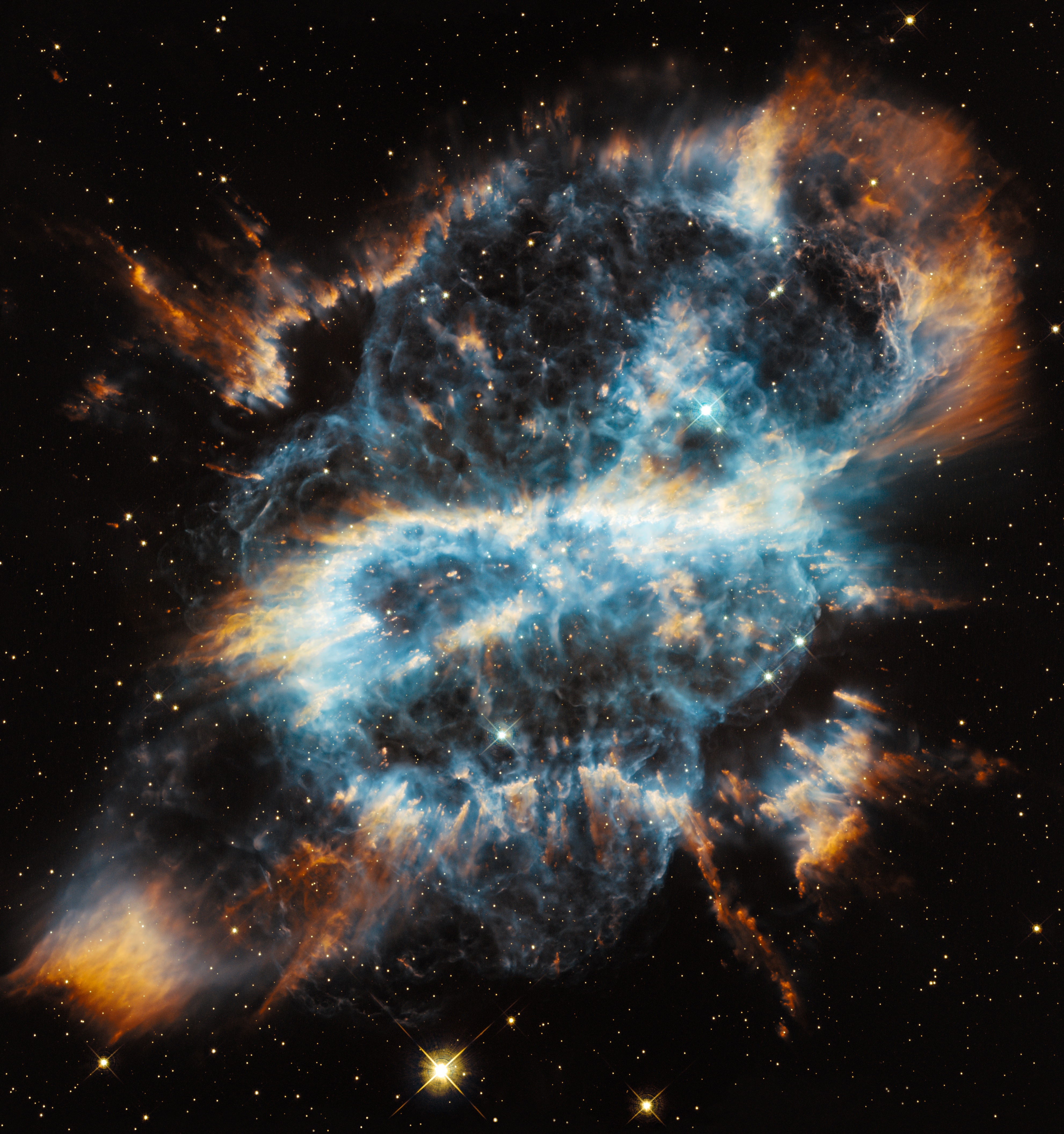By John McCarthy, The University of Adelaide
In late 1915, Albert Einstein published his first paper on the subject of General Relativity. In it, he described a picture of our universe as a 4-dimensional space with one time dimension, now referred to as a spacetime. In this 4-dimensional spacetime, gravity manifests itself as the curvature of space and time, and the paths objects travel in this curved space when under no acceleration but due to gravity are called geodesics.
Mathematically these ideas can be abstracted to other spacetime models, that need not look anything like our own universe, or could be of two, three, or in the case of bosonic string theory, 26 dimensions!
In deep space, geodesic paths are simply straight lines, but under the effect of gravity, they take the form of elliptical orbits or hyperbolic trajectories around planets and stars. Understanding these geodesic paths reveals a lot about the structure of a space.
An observer travelling along a geodesic path may remain in motion forever, or the path may terminate after a finite amount of time. Paths that carry on indefinitely are called complete geodesics, and those that stop abruptly, incomplete geodesics.
Geodesics can fail to be complete for a variety of reasons. For example, a trajectory through space that collides with the event horizon of a black hole will terminate in finite time, as the observer is spaghettified and sucked into the singularity. Nearby paths will travel around the blackhole, failing to get trapped. This is one way to detect the existence of such a “hole” in a spacetime.
As another example, if a spacetime model has a boundary, a geodesic that travels towards this boundary will “fall off” the universe in some finite time. If geodesic paths through deep space fail to terminate in this way, it could indicate the universe is infinite in expanse, or that it is cyclic like the surface of the Earth, where travelling in one direction for long enough leaves you back where you started.
Properties like having a black hole, or an edge over which an observer could fall are topological properties of the universe; That is, they describe what space “looks like” on a large scale. Geodesic completeness results from understanding how distances are warped due to gravity and curvature, a geometric property of the mathematical description of spacetime. Geodesics therefore give a way of relating topological and geometric properties of spacetime, to determine the shape of the universe by analysing paths through it.
John McCarthy was one of the recipients of a 2015/16 AMSI Vacation Research Scholarship.

